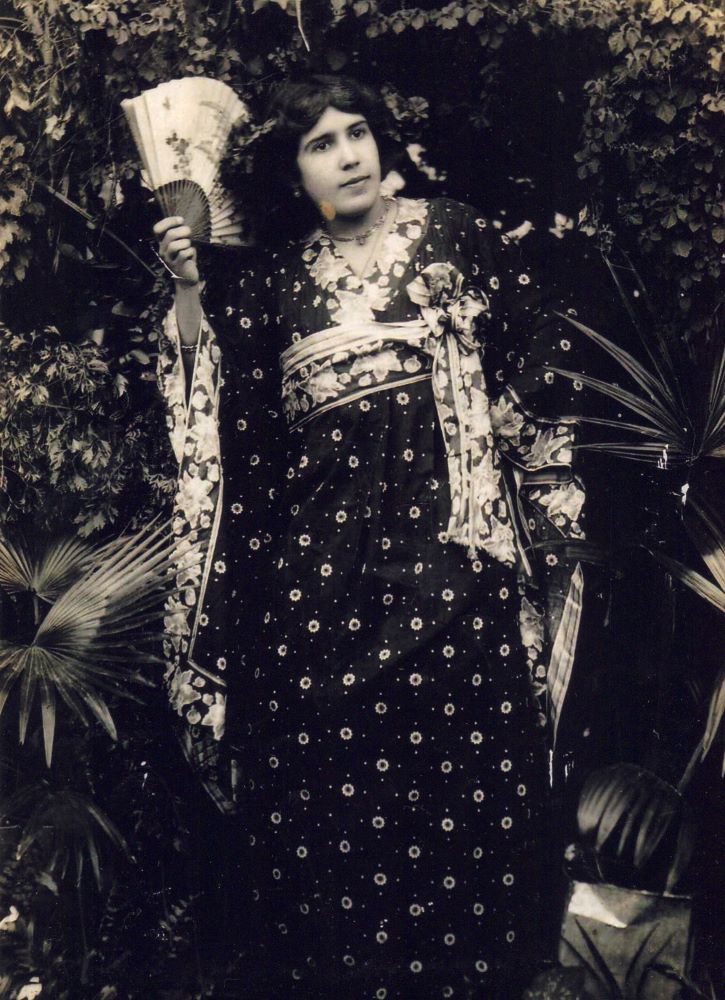I grew up with this 1898 portrait of Mercedes Sotolongo Suárez del Villar, my then fifteen-year-old great-grandmother-to-be, better known as “Cuca.” Like virtually anyone who saw it, I was struck by the oddity of her dress: why was she wearing the clothing of a Japanese geisha? Only later, as a doctoral student working in archives, did I discover that geisha-themed Sweet Fifteen parties were all the rage in Cuba among white elites from the late 1890s through the first decade of the Twentieth Century. The fact that real-life geishas’ primary task was to entertain men—and for money no less—made Cuca’s choice of dress, so early in the fad, cutting edge. Her confident rebel pose was also truly rebellious: elite, white girls worried about their sexual honor did not normally take such risks with their reputation, preferring to appear demure on camera. If Cuca’s place in the family lore is right, however, she was every bit the feminist her peers were not. Cienfuegos, 1898.
